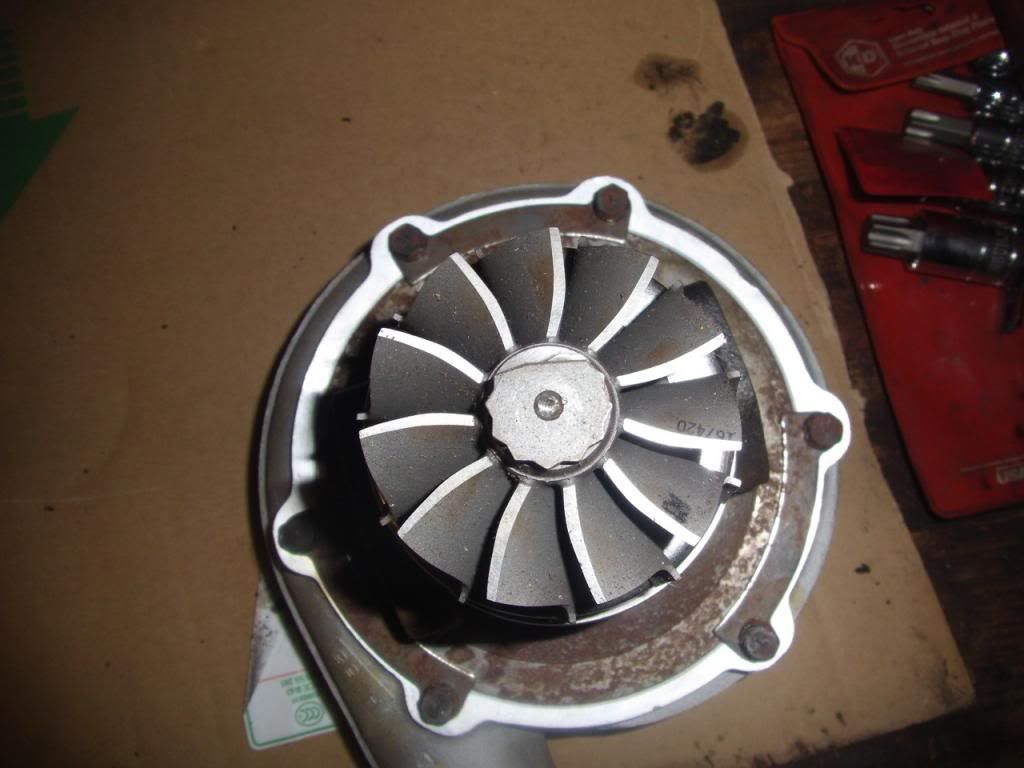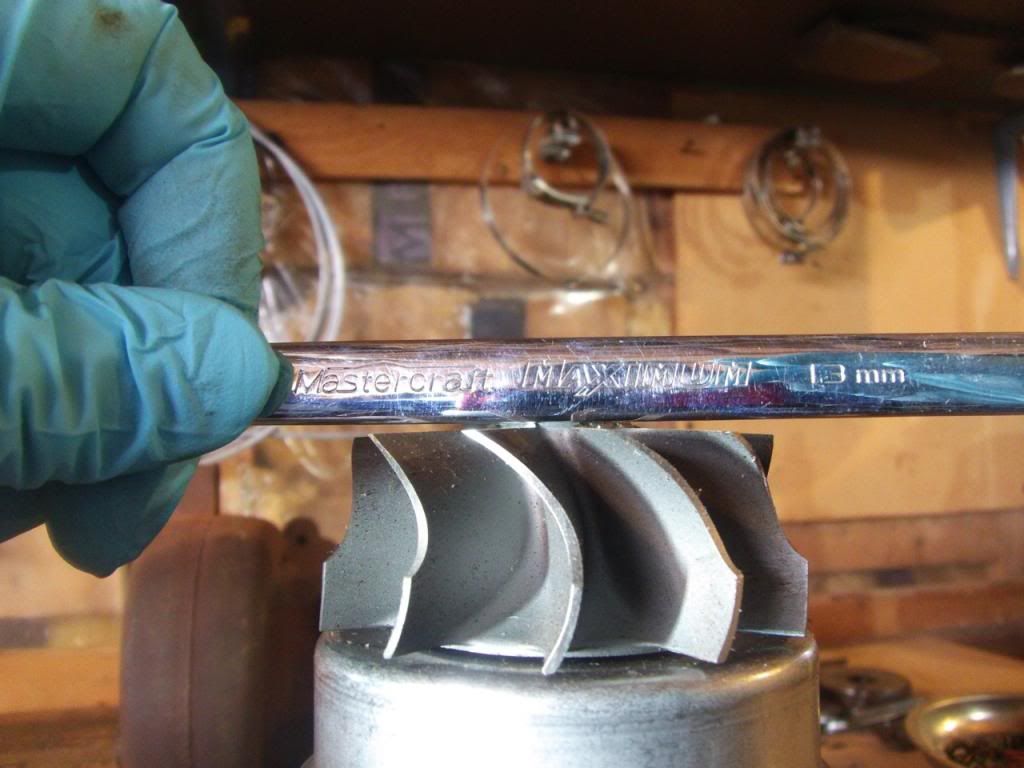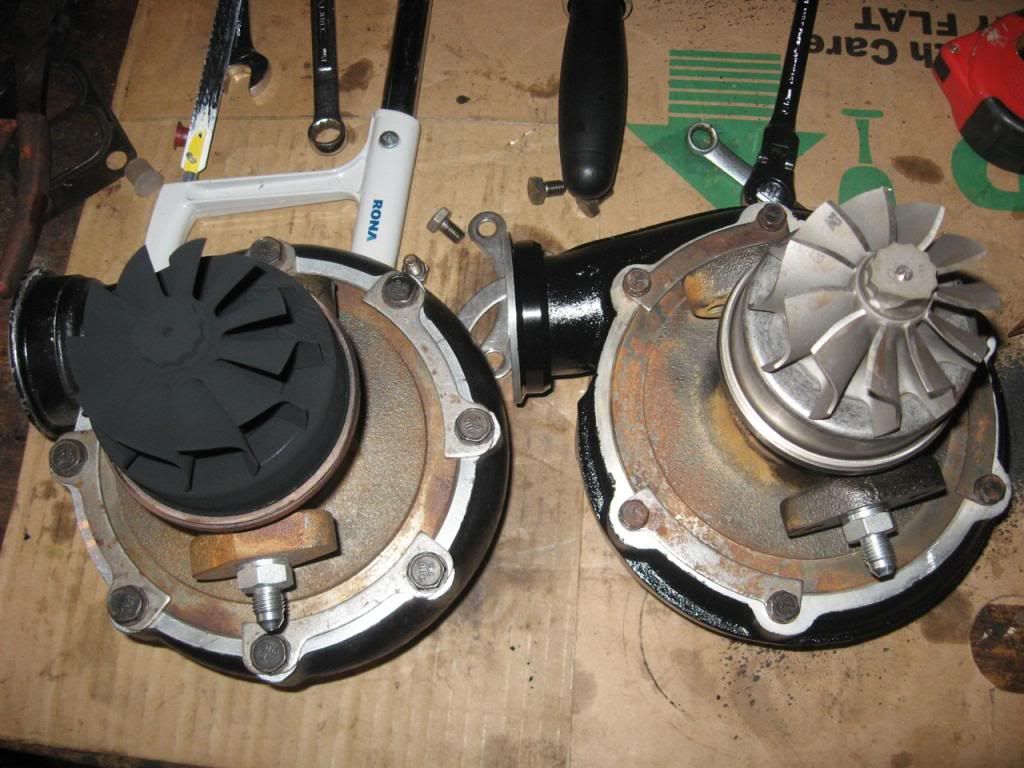oldestof11
Drag racer
- Joined
- Jul 17, 2007
- Messages
- 9,084
So we all have our favorite turbo's that are ranging from stock to box stock to lightly modded to very custom. I however want to know WHY these sizes happen. I have been reading extensively over the last week trying to understand.
Like how everyone wants a big inducer for the potential airflow but how would a bigger exducer help in regards to surging. From what I read, bigger exducer's help reach high PR's. Does this help make the turbo more efficient at higher PR's?
Now there's the turbine side which I find next to nothing on. How does a turbine help capture and use the exhaust? How does the inducer and exducer of that help?
Instead of taking a box stock and modify with a T3 housing, what if you can build a turbo that works efficiently at a certain horsepowers.
Like for a fuel only Cummins, 500-600hp. Would it be better to use a 63/99 or a 63/84? Since the Cummins are more restricted in the head, would a higher PR help? Making the 63/99 more desirable?
Now why would a 71mm drive a turbo harder than a 68? I am guessing it captures more exhaust but would it improve response?
I am hoping I can be able to get what I want, the first time. I also want it efficient. I just want to know WHY it works vs this is what WOULD work. Make sense?
Like how everyone wants a big inducer for the potential airflow but how would a bigger exducer help in regards to surging. From what I read, bigger exducer's help reach high PR's. Does this help make the turbo more efficient at higher PR's?
Now there's the turbine side which I find next to nothing on. How does a turbine help capture and use the exhaust? How does the inducer and exducer of that help?
Instead of taking a box stock and modify with a T3 housing, what if you can build a turbo that works efficiently at a certain horsepowers.
Like for a fuel only Cummins, 500-600hp. Would it be better to use a 63/99 or a 63/84? Since the Cummins are more restricted in the head, would a higher PR help? Making the 63/99 more desirable?
Now why would a 71mm drive a turbo harder than a 68? I am guessing it captures more exhaust but would it improve response?
I am hoping I can be able to get what I want, the first time. I also want it efficient. I just want to know WHY it works vs this is what WOULD work. Make sense?





